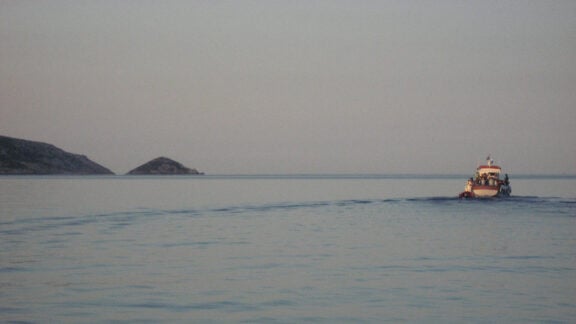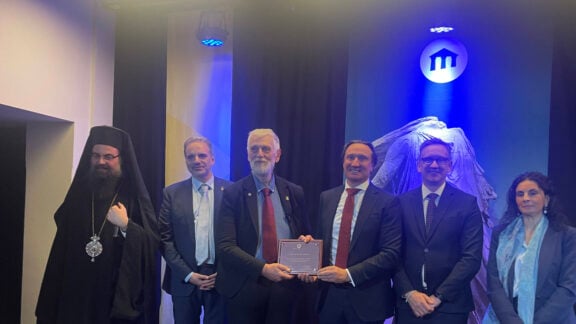A team of archaeologists have made a major discovery in an exploration of the Greek island, Salamis, of an underwater building and many items that trace back to 4th century BCE.
The Greek Ministry of Culture announced the remarkable discoveries made by a 12-person team of marine archaeologists as part of an underwater excavation project held last year of the area.
The most impressive of these concerns what is believed to be a massive public building that existed as part of the ancient city of Salamis.

The archaeological survey was conducted by underwater crews last year, focusing specifically on Ampelaki Bay, a cove along the eastern shore that borders a strait between Salamis and mainland Greece.
This uncovered a public building called a stoa, a freestanding covered walkway, which was built in an elongated shape and largely open with the roof supported by rows of columns around the perimeter.
Historians say these structures usually existed around marketplaces and could have served as places of business or public promenades.
The stoa found in Salamis is roughly 6 m wide and 32 m long, with at least 6-7 rooms which are said to have internal dimensions of 4.7m x 4.7 m.

In the announcement of the survey and its findings, the Greek Ministry of Culture stated:
“The identification of the Stoa is a major new element for the study of the topography and residential organisation of the ancient city. ”
The excavation of the Stoa also yielded a number of smaller, mobile finds e.g. a large amount of pottery from periods like the Early Byzantine and Medieval times which likely drifted there from the sea.
There were also a series of ceramic findings related to the building itself, tied to the Classical Hellenic period, including various clay objects, vase fragments, marble objects, bronze coins etc.

Salamis is synonymous with a naval battle that took place there in 480 BCE during the Greco-Persian Wars (499 BCE – 449 BCE according to historians) which saw a decisive victory for the Greeks , while also being known as the home of the Trojan War hero, Ajax, as mentioned in Homer’s “Iliad”.
The area is cited in a later account by the geographer, Pausanias, written around 2nd century CE, which the Greek Ministry of Culture noted in their announcement of the survey’s findings.









